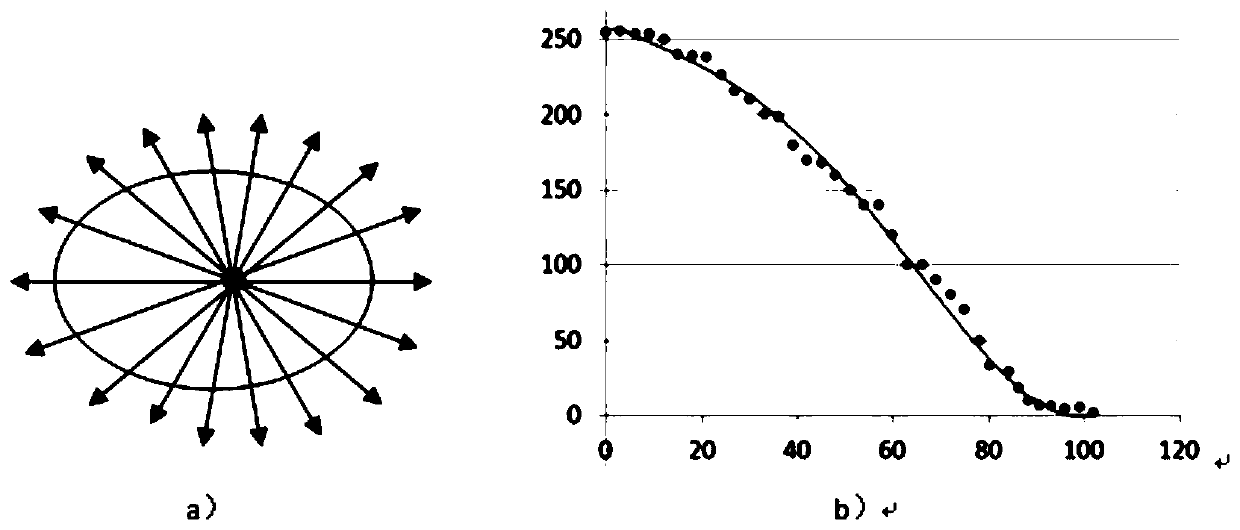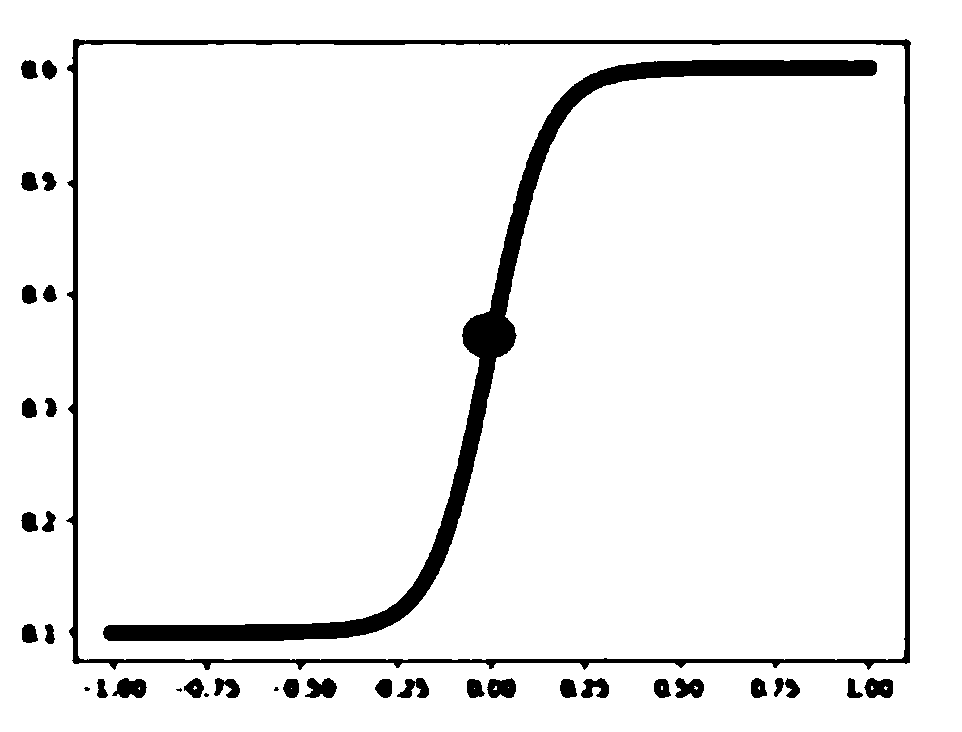Image processing method for obtaining corneal vertexes
A corneal vertex and image processing technology, applied in the field of image processing, can solve problems such as detection errors, difficulty in fixing the fixed point of the human eye, and large deviations
- Summary
- Abstract
- Description
- Claims
- Application Information
AI Technical Summary
Problems solved by technology
Method used
Image
Examples
Embodiment Construction
[0031] The present invention will be further described below in conjunction with specific embodiments. The embodiments of the present invention are intended to enable those skilled in the art to better understand the present invention, but do not limit the present invention in any way.
[0032] (1): Control the camera to continuously collect n frames of image sequences at high speed, n≥3, subtract the image of the nth frame and the first frame, and calculate whether the image has displacement, because the corneal apex is calculated by this method, and the image needs to be as clear as possible. There is no smearing phenomenon caused by the arrival of the eyes, so the continuous acquisition method ensures that the image has no displacement. For example:
[0033] ∑|f1(x,y)-fn(x,y)|
[0034] or ∑(f1(x,y)-fn(x,y)) 2
[0035] Among them, f1(x, y), fn(x, y) respectively represent the pixel values at the coordinates (x, y) in the first frame and the nth frame of the i...
PUM
 Login to View More
Login to View More Abstract
Description
Claims
Application Information
 Login to View More
Login to View More - R&D
- Intellectual Property
- Life Sciences
- Materials
- Tech Scout
- Unparalleled Data Quality
- Higher Quality Content
- 60% Fewer Hallucinations
Browse by: Latest US Patents, China's latest patents, Technical Efficacy Thesaurus, Application Domain, Technology Topic, Popular Technical Reports.
© 2025 PatSnap. All rights reserved.Legal|Privacy policy|Modern Slavery Act Transparency Statement|Sitemap|About US| Contact US: help@patsnap.com


